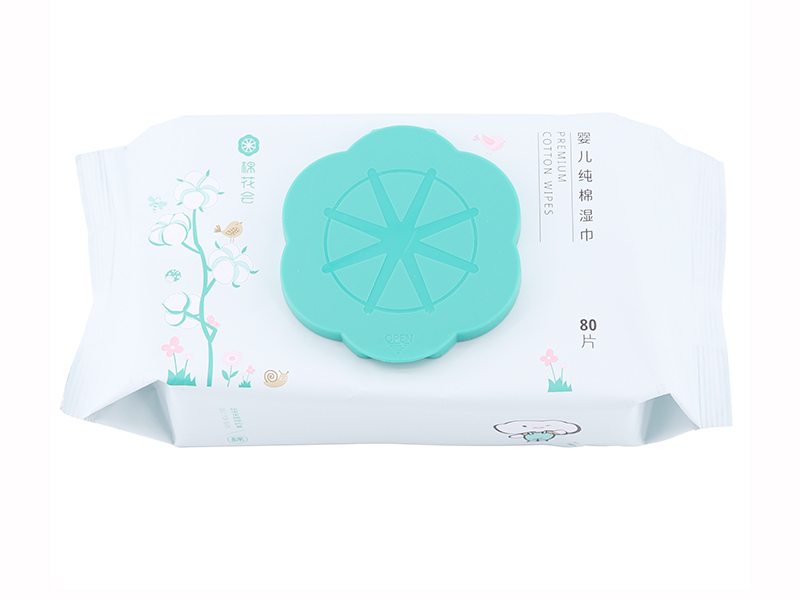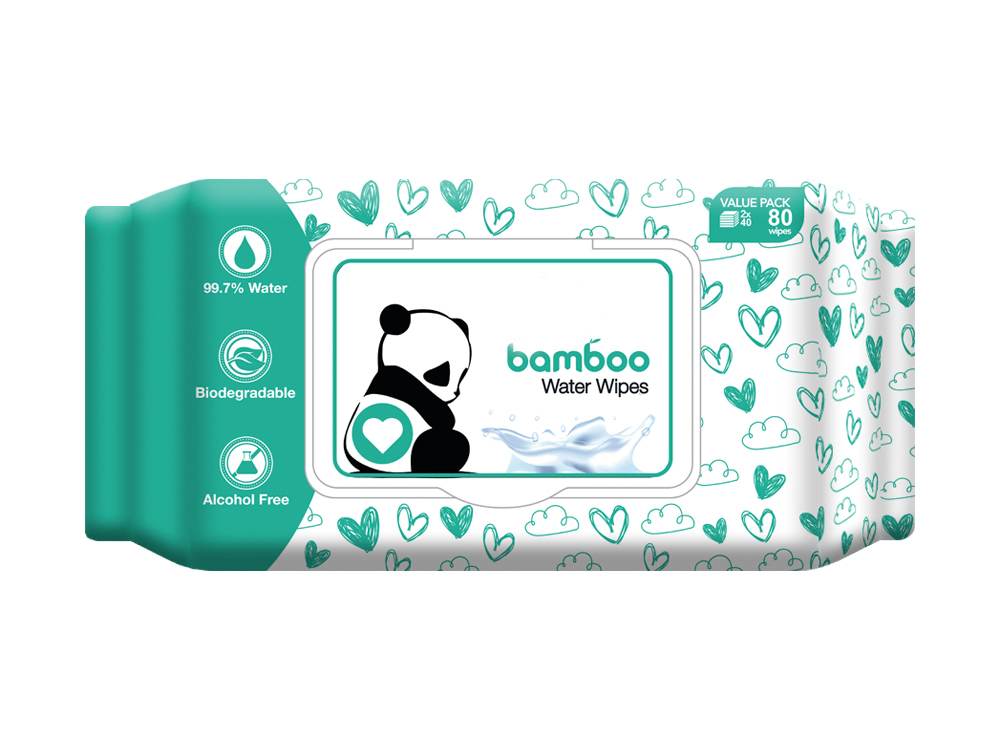The world of textiles is vast, encompassing everything from ancient woven cloth to modern engineered materials. Among these advanced materials, cotton spunlace nonwoven fabric has carved out a significant niche, prized for its softness, strength, and purity. But how is this fabric, which feels so much like traditional cloth, actually created? The process is a fascinating blend of natural fiber preparation and high-pressure technology. Unlike weaving or knitting, which interlace yarns, the production of cotton spunlace nonwoven fabric involves binding cotton fibers directly together using fine jets of water.
From Raw Cotton to Fiber Web: The Foundation of the Fabric
The creation of any high-quality nonwoven material begins with the careful selection and preparation of its raw materials. For cotton spunlace nonwoven fabric, this foundation is paramount, as the inherent properties of cotton directly influence the final product’s characteristics.
Sourcing and Selecting the Cotton Fibers
The process starts with the sourcing of cotton. Not all cotton is the same; its fiber length, fineness, and purity can vary significantly. For premium cotton spunlace nonwoven fabric, longer staple fibers are often preferred as they contribute to a stronger and softer web. The cotton used is typically sourced as raw cotton fibers, which have been ginned to remove seeds but may still contain other plant matter, known as motes. The choice of cotton can align with various standards, such as the use of organic cotton for specific market segments like eco-friendly products or hypoallergenic medical supplies. This initial selection stage is critical, as it sets the baseline for the fabric’s performance, comfort, and suitability for sensitive applications, including baby wipes and facial masks.
Fiber Opening, Blending, and Cleaning
Once the raw cotton fibers are sourced, they undergo a rigorous preparation process. The compacted bales of cotton are first fed into opening machines. These machines use rollers equipped with sharp teeth or pins to tear apart the dense clumps of fiber, creating a loose, fluffy mass. This opening action is not merely about loosening the fibers; it is the first step in blending different bales to ensure consistency in the final product. A uniform blend is essential to guarantee that every section of the resulting fabric has the same weight, thickness, and performance characteristics.
Following opening and blending, the cotton moves to cleaning equipment. Despite ginning, the raw fibers can still contain fine dust, leaf particles, and other impurities. Advanced cleaning systems, which often employ a combination of air suction and mechanical beating, remove these contaminants. This stage is vital for producing a clean, pure, and lint-free nonwoven material, a key requirement for high-end cosmetic applications and electronic cleaning wipes where residue is unacceptable. The output of this stage is a pristine, homogeneous mat of cotton fibers, ready to be formed into a continuous web.
The Spunlace Process: Entangling Fibers with Water Jets
The defining stage in the manufacture of this material is the spunlace process, also known as hydroentanglement. This is where the loose web of cotton fibers is transformed into a coherent and strong fabric without the use of chemical binders or mechanical needles.
Web Formation: Laying the Groundwork
Before hydroentanglement can occur, the prepared cotton fibers must be formed into a uniform web. This is typically achieved through a method known as carding. The carding machine passes the fluffy cotton through a series of fine-wire-toothed rollers that work to separate, align, and individualize the fibers. The result is a delicate, gossamer-thin web where the fibers are roughly parallel. To achieve the desired weight and strength, multiple layers of this carded web are often laid on top of one another in a cross-lapped orientation. This cross-laying creates a more isotropic web, meaning it has more uniform strength in both the machine (length) and cross-machine (width) directions. The weight of the final cotton spunlace nonwoven fabric—often measured in grams per square meter (GSM)—is determined by the thickness and number of layers in this consolidated web.
The Principle of Hydroentanglement
Hydroentanglement is a mechanical bonding process that uses the power of fine, high-pressure water jets to intertwine fibers. The pre-formed cotton web is conveyed onto a supportive mesh conveyor belt and passed under a series of high-pressure water jet injectors, often called “manifolds.” These injectors contain meticulously engineered jet strips with rows of extremely small orifices, each finer than a human hair. As the web passes underneath, jets of water at pressures that can range from 100 to 2,000 bar penetrate the fiber web. The force of the water causes the cotton fibers to wrap around each other, creating a dense network of fiber-to-fiber friction points.
The supportive conveyor belt plays a crucial role in this process. These belts are not smooth; they have specific three-dimensional patterns or weaves. As the water jets push the fibers through the openings in this belt, they create corresponding patterns in the fabric, influencing its texture, drape, and appearance. This entanglement mechanism is what gives the fabric its integrity. The more energy applied (through higher water pressure or more passes under the manifolds), the greater the number of entanglement points, resulting in a stronger, more durable fabric. This process is what fundamentally differentiates cotton spunlace nonwoven fabric from other nonwovens, giving it a soft, cloth-like hand feel without compromising strength.
The Role of Filtration and Water Management
A critical, though often overlooked, component of the spunlace process is water management. The vast quantities of water used in the hydroentanglement process must be efficiently removed and recycled. After the water jets entangle the fibers, powerful vacuum systems located beneath the conveyor belt immediately extract the excess water. This serves a dual purpose: it removes water to facilitate drying, and it enhances the entanglement by pulling the fibers tighter together as the water is sucked through the web.
The water used is typically treated and recirculated in a closed-loop system. Filtration is paramount here, as any particulate matter in the recycled water could clog the microscopic orifices in the water jet injectors. Sophisticated multi-stage filtration systems, including sand filters and screen filters, are employed to ensure the water is impeccably clean before it is repressurized and sent back to the manifolds. This focus on water management is not only an economic and operational necessity but also an important consideration for the sustainable production of this material, minimizing its environmental footprint.
Finishing and Converting: Tailoring the Fabric for End Use
After the web has been successfully entangled, it is not yet ready for the market. It must undergo several finishing stages where its final properties are imparted, and it is prepared for specific applications.
Drying and Final Finishing Treatments
The fabric exiting the hydroentanglement section is saturated with water. It is therefore passed through a large drying oven, typically using heated cylinders or hot air, to gently remove the remaining moisture without damaging the delicate cotton fibers. Once dry, the fabric may undergo various finishing treatments to enhance its performance. These treatments can be applied via saturation, spraying, or foam coating. One of the most common finishes is the application of a mild softener to further enhance the fabric’s already supreme softness. For specific applications, other finishes may be applied, such as:
- Antimicrobial agents for medical gowns and wound care dressings.
- Surfactants to boost absorbency and quick-dry properties for cleaning cloths.
- Latex or binder compositions in minimal quantities to provide extra strength for demanding applications.
It is a key advantage of the cotton spunlace nonwoven fabric that many of its desirable properties, like softness and absorbency, are inherent to the cotton fiber and the spunlace process, requiring minimal chemical additives.
Converting the Fabric for Market
The final stage in the manufacturing process is converting the large, master roll of fabric—known as a “jumbo roll”—into the form required by the end-user. This involves a range of slitting and rewinding equipment to create narrower rolls of specific widths. For products like wet wipes, the fabric is fed into high-speed converting lines that fold, moisten with a solution, cut, and package the individual wipes. The fabric’s inherent strength is crucial here, as it must withstand the high tensions of these converting machines without tearing. For other applications, the fabric may be embossed with patterns to improve aesthetics or texture, perforated for easy tearing, or cut into specific shapes and sizes. The entire manufacturing and converting process is designed to ensure that the final cotton spunlace nonwoven fabric meets the precise specifications demanded by diverse industries, from beauty and cosmetics to healthcare and hygiene.
Key Characteristics and Industrial Applications
Understanding the manufacturing process illuminates why cotton spunlace nonwoven fabric possesses a unique set of properties that make it suitable for a wide array of high-value applications.
The hydroentanglement process results in a fabric that is exceptionally soft and textile-like, free from the stiffening effect of chemical binders used in some other nonwovens. It is also highly absorbent, a direct benefit of using hydrophilic cotton fibers. Furthermore, the mechanical entanglement provides remarkable strength and durability, while the absence of chemical binders and the purity of cotton make it inherently gentle on skin and suitable for sensitive skin applications. The fabric is also low-linting, as the entanglement process locks fibers in place, a critical feature for optical lens cleaning and automotive detailing.
The following table outlines the core characteristics of the fabric and how they translate into specific industrial uses.
| Characteristic | Description | Common Industrial Applications |
|---|---|---|
| Softness & Comfort | Textile-like hand feel without chemical stiffeners. | Baby wipes, facial cleansing pads, makeup removers, hygiene products. |
| High Absorbency | Natural wicking ability of cotton fibers. | Medical swabs, surgical drapes, cleaning wipes for spills, cosmetic sponges. |
| Strength & Durability | Mechanical fiber entanglement provides integrity. | Reusable cleaning cloths, industrial wipers, reinforced medical wraps. |
| Lint-Free & Clean | Fibers are locked in place, minimizing residue. | Electronics cleaning wipes, laboratory wipes, optical lens cleaning. |
| Hypoallergenic & Biocompatible | Natural cotton is gentle and non-irritating. | Wound contact layers, medical dressings, sensitive skin wipes, facial masks. |
| Drapability & Conformability | Flexible fabric that molds to surfaces. | Beauty and cosmetic applications, conforming medical bandages. |
The journey of creating cotton spunlace nonwoven fabric is a sophisticated symphony of natural fiber processing and advanced hydrodynamic engineering. It begins with the careful selection and purification of raw cotton, progresses through the critical stages of web formation and high-pressure water jet entanglement, and concludes with precise finishing and converting operations. Each step is meticulously controlled to produce a material that harmonizes the innate benefits of cotton—softness, purity, and absorbency—with the performance and consistency of a modern engineered fabric. The result is a versatile and highly functional material that meets the rigorous demands of discerning buyers and end-users across the medical, cosmetic, hygiene, and industrial sectors. Understanding this process not only reveals the ingenuity behind its production but also underscores the value proposition of cotton spunlace nonwoven fabric as a superior material choice for a multitude of applications.


 中文简体
中文简体 English
English 日本語
日本語 русский
русский Español
Español












